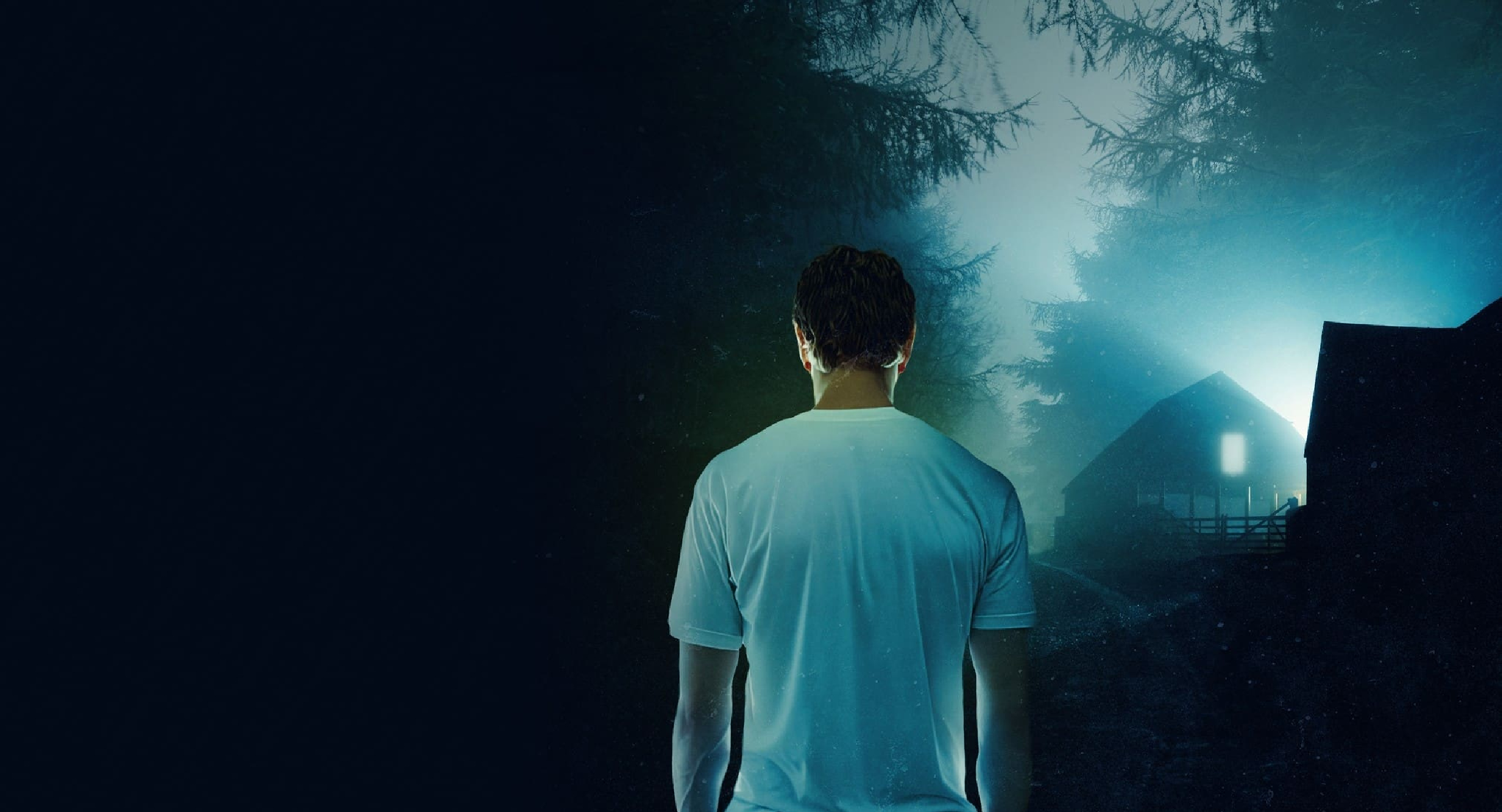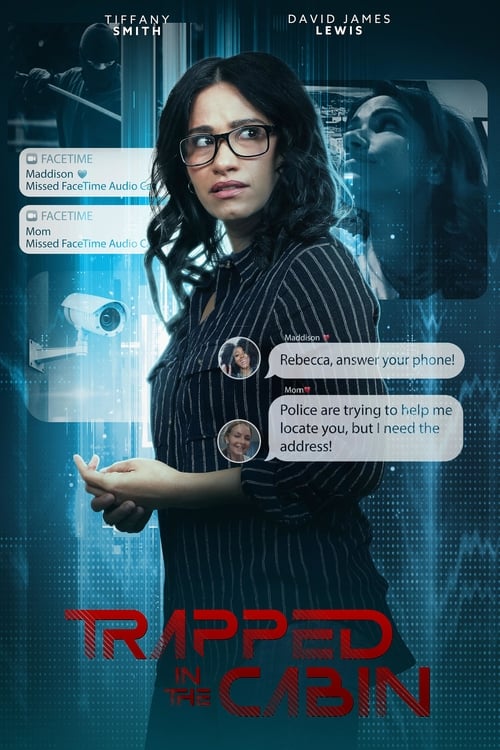Rebecca Collins, a writer seeking inspiration, is sent to a remote cabin by her editor. There, she falls for the charming handyman, but his sudden disappearance and an unsettling sense of being watched cast a shadow on her trip.
Trapped in the Cabin – Film Review
Published August 16, 2023

Trapped in the Cabin promises viewers an intriguing tale of seclusion, romance, and paranoia while attempting to weave a web of mystery and suspense within the walls of a remote cabin. While the idea behind the film has the makings of an engrossing psychological thriller, the way it’s actually done falls short, making for a disappointing moviegoing experience.
Rebecca Collins (Tiffany Smith), a struggling author who makes the decision to seek inspiration in the solitude of a rustic cabin at the behest of her editor, is the central character of the story. The opening scenes of the movie vividly depict the cabin’s isolation as it is encircled by tall trees and hidden within a serene forest, successfully evoking apprehension that serves as a prelude to the events that follow.
The viewer is drawn in by Tiffany Smith’s portrayal of Rebecca because it conveys a sense of vulnerability, and she gives promising early interactions with Jason (David James Lewis), the cabin’s handyman. The film takes its time to build the tension between them, allowing their relationship to develop naturally. Their chemistry suggests a budding romance. Unfortunately, this opportunity is lost when Jason mysteriously vanishes and the plot abruptly changes.
At this point, the movie’s pacing turns out to be its weakest link because the storyline becomes jumbled and struggles to uphold the mood that has already been set. It is intended to add more mystery by having Nathan Andrews (Travis Burns), a local law enforcement officer, join Rebecca in her search for Jason. Unfortunately, the character’s introduction comes across as forced and falls short of giving him the necessary depth to make his involvement genuinely compelling.
Trapped in the Cabin‘s inability to capitalize on its strongest points is one of its biggest flaws. Any successful psychological thriller set in a remote location must make use of the feeling of isolation, but this is never done in this film. The cabin itself, which ought to have been a character in and of itself, is largely unexplored, missing the chance to contribute significantly to the psychological tension of the story.
In addition, the heavy-handed handling of the main mystery of Jason’s disappearance and the unsettling sensation of being watched sacrifices nuance for overt exposition. The film eliminates any chance for real suspense by spoon-feeding information through expository dialogue and strategically placed revelations rather than letting the audience put the puzzle together. This lack of nuance makes it difficult for the audience to emotionally invest in the events as they unfold, which causes a growing sense of detachment as the plot develops.
The final act of the film makes an attempt to connect the various plot lines, but by this time, viewer interest has significantly decreased. The conclusion lacks the impact that a well-earned revelation should have and feels hurried. The film’s inability to effectively build up to a twist causes it to fall flat, and the resolution of the main mystery feels more like an afterthought than a satisfying payoff.
On the plus side, Trapped in the Cabin‘s cinematography captures the beauty of the isolated setting, producing visually arresting scenes that stand out among the film’s flaws. There are hints of the potential the movie could have reached with a more cohesive narrative in the contrast of the tranquil natural settings and the mounting tension inside the cabin.
The execution of Trapped in the Cabin‘s intriguing premise ultimately works against it. A compelling psychological thriller opportunity is lost as a result of the movie’s inability to fully exploit its key components, isolation, mystery, and psychological tension. The cast gives promising performances, Tiffany Smith’s portrayal of Rebecca in particular stands out, but the film falls short of the level of suspense and engagement it aimed for due to its fragmented plot, overbearing exposition, and hurried conclusion. While the cinematography occasionally creates captivating visual moments, it is ultimately insufficient to save a movie that underachieves.
